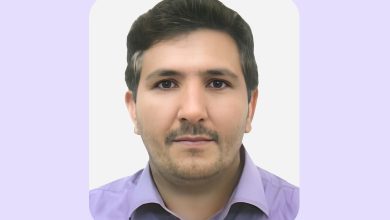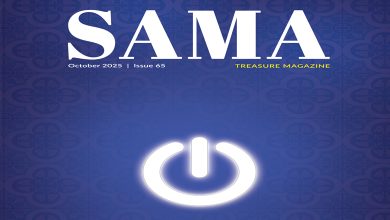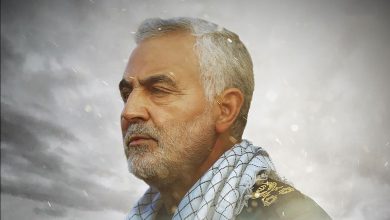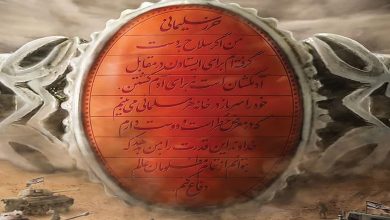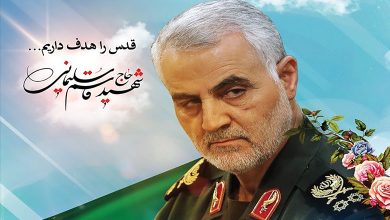Part Four: Soleimani and Religious Authority – A Special Bond with Najaf, Qom, and Tehran (Section Four)
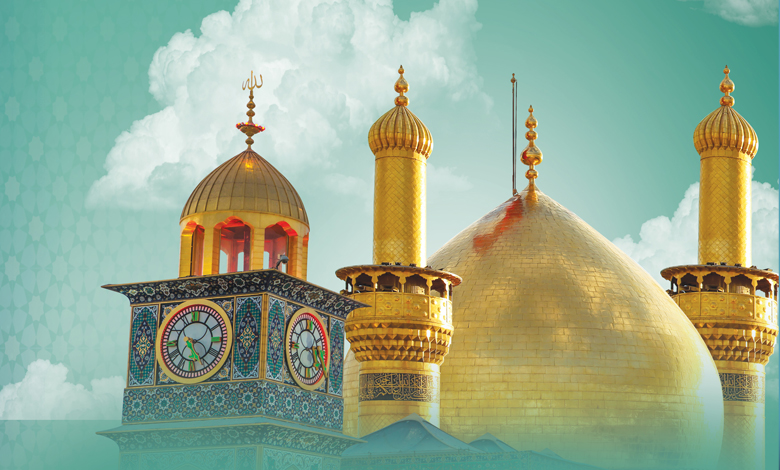
 Political Section
Political Section
Haj Qassem Soleimani and the Development and Reconstruction of the Holy Shrines: A Mission Beyond the Battlefield
When the name of General Qassem Soleimani is mentioned, most people recall his heroic presence on the battlefields against ISIS and the enemies of Islam in Iraq, Syria, and Lebanon—a tireless man with a penetrating gaze and constant presence at the frontlines. Yet, few speak of his unique and historic role in the reconstruction and development of the holy shrines, a field he approached with the same dedication and intensity as a battlefield, if not deeper.
While many military commanders focus narrowly on war and security, Soleimani also saw the cultural and religious dimensions of the struggle. With a profound understanding of the importance of the holy shrines in the hearts of nations, he knew that rebuilding and developing these sites was not just about preserving history and religion but reviving the identity of the Ummah.
From the start of the fight against ISIS, one of his main concerns was the preservation and repair of the shrines of the Ahl al-Bayt (peace be upon them), which were under threat from extremist attacks. But Soleimani went beyond mere protection; he sought to restore spirituality to the hearts of war-torn regions, aiming to leave not ruins but symbols of light, presence, and hope for the people after the war.
Soleimani did not view the reconstruction of the shrines as mere construction projects or symbolic acts; he considered it part of rebuilding the “historical and religious identity of the Ummah.” He believed the shrines were the spiritual identity of the Shia and a unifying axis for regional nations. Thus, every construction effort was, in his view, a step toward reviving the Islamic Ummah and strengthening the deep emotional and intellectual bonds with the Ahl al-Bayt (peace be upon them).
He established the Reconstruction Headquarters for the Holy Shrines after witnessing the neglect and destruction at the shrine of Imam Ali (peace be upon him) in Najaf. With the help of volunteers, artists, engineers, and dedicated teams, the headquarters initiated over 150 reconstruction, restoration, and development projects, including the construction of the Hazrat Zahra courtyard (over 220,000 m²) and the expansion of other major shrines. Even during intense security threats, Soleimani insisted that reconstruction must continue as a form of preserving the people’s identity and faith.
In addition, during ISIS attacks, the headquarters’ teams not only contributed as builders but also defended the shrines at the frontline. Soleimani personally intervened in critical moments, such as when ISIS approached Erbil, and his arrival alone caused many ISIS fighters to flee.
Furthermore, during the recent floods in Iran, the Reconstruction Headquarters’ relief teams, under Soleimani’s instructions, quickly mobilized, providing over 7.5 million warm meals and additional services like carpet cleaning, appliance repair, and vehicle assistance. The Supreme Leader also praised these humanitarian efforts.



